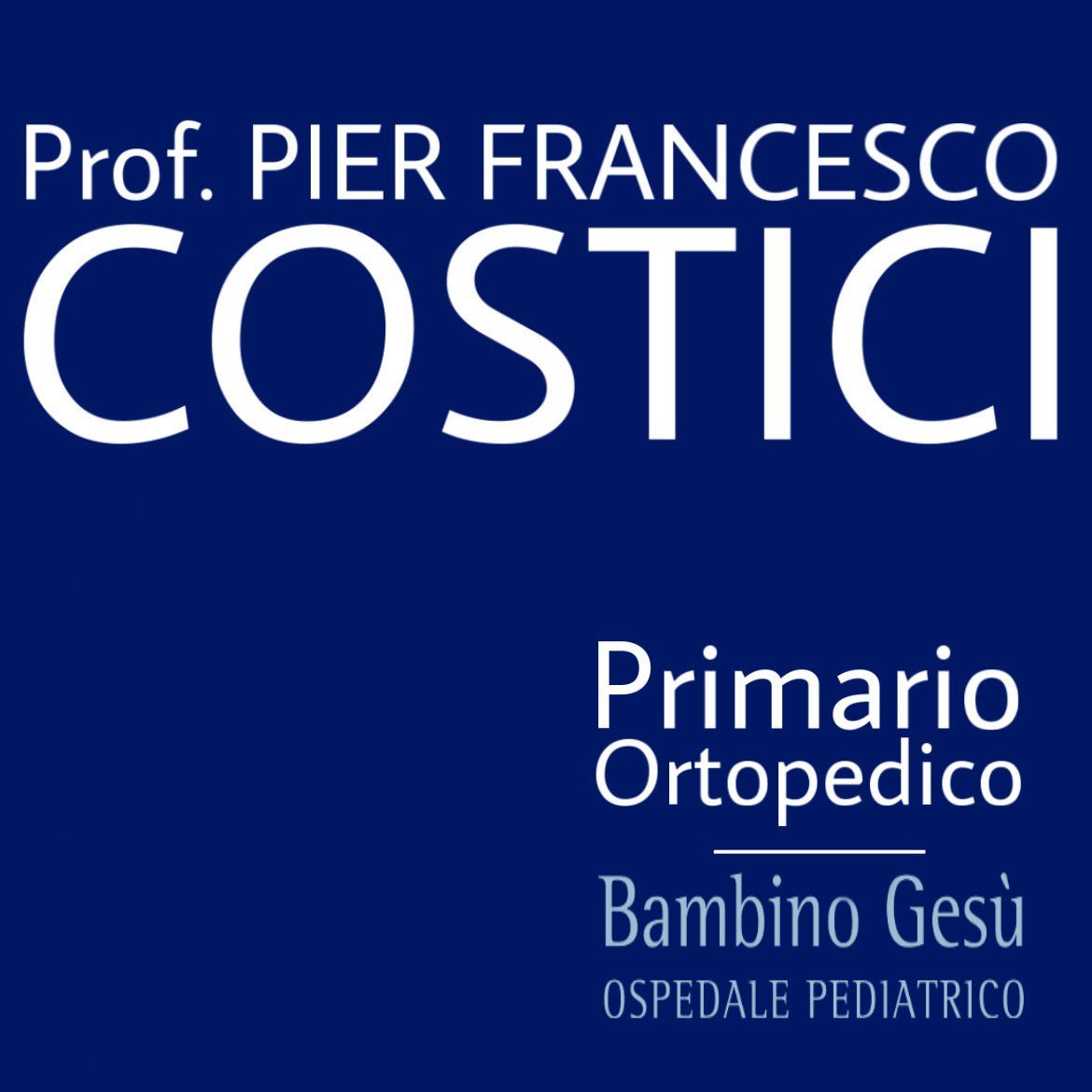Multi-Level Fibrotomy
A conservative surgical approach, the Multi-Level Fibrotomy, avoids tissue damage, minimizing postoperative discomfort and expediting the patient's functional motor recovery.
What is it ?
The treatment of spasticity in infantile cerebral palsy often necessitates surgical interventions across multiple areas, such as the hip, knee, and foot. These procedures typically involve tendon resection (tenotomies) or the lengthening of contracted spastic muscles.
Conventional surgeries, whether open or minimally invasive, may cause patient discomfort and delay functional recovery. These procedures often entail plaster immobilization and require specific orthopedic and physiotherapeutic postoperative care.
Based on international literature and accumulated experience, there's a growing demand for percutaneous fibrotomy surgery—a conservative technique that minimizes tissue damage, reduces postoperative discomfort, and accelerates functional motor recovery.
Procedure
The Neuro Orthopedics group at Bambino Gesù Hospital has pioneered a minimally invasive surgical technique utilizing a microscalpel. This tool allows intervention on muscle fibers without skin incisions, minimizing trauma associated with skin penetration.
The microscalpel weakens fascia and muscle fibers directly until the desired correction is achieved. Skin access is minimal, doesn't require stitches, and can be performed simultaneously in multiple locations on both upper and lower limbs.
Additionally, partial resection of muscle fibers reduces the need for plaster casts, enabling rehabilitation to commence the day after percutaneous fibrotomy surgery.
Comparison: Classic Scalpel vs. Microscalpel
Following surgery
Immediate post-operative analgesic showers, initially in plaster and later in polypropylene, are used. These are removed for a few hours each day after the operation to initiate physiotherapy rehabilitation.
Postoperative management is less complex compared to traditional surgery, eliminating the need for potent painkillers, and hospital discharge occurs the day after surgery.
Evaluation Criteria:
Results are assessed based on pre- and post-operative scales, considering joint flexibility (Range Of Motion - ROM), motor capacity (Gross Motor Function Classification System - GMFCS), postoperative pain control (Visual Analogue Scale - VAS score), Gait Analysis in walking patients (computerized movement analysis), and recording any short- and medium-term complications. Encouragingly, percutaneous fibrotomy surgery yields functional results comparable to traditional open techniques, with significantly reduced post-operative pain and simplified at-home postoperative management. This provides substantial benefits for the child and their family.


